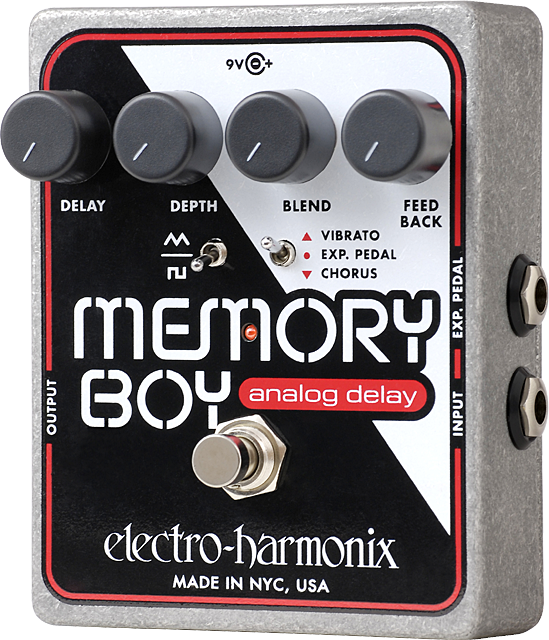Earlier this month I reviewed T-RackS 3 Deluxe. This review is for the two newest (already a year old) additions to T-RackS. The Black 76 and White 2A are modelled on classic hardware units that have been around for decades and are some of the most used mixing tools used in professional audio production.
There’s still some time left for the T-Racks Double Deal group-buy, the deals has even been sweetened with a freebie at 1000 users and 2000.
Black 76
The T-RackS Black 76 is an analog modelled recreation of the classic Urei 1176 Peak Limiter. Introduced in 1968, it was the first true peak limiter with all solid-state circuitry. The 1176 is not often used for mastering but is an essential tool for modern pop and rock production, that works on just about any source. It’s a timeless piece of audio hardware with a distinctive sound, especially when pushed hard.
Hardware 1176’s are not cheap, especially vintage ones in good condition. Luckily there are half a dozen software versions that do the 1176 mojo very well, plus you can use as many as you want, use them in stereo and without any noise.
The attack time ranges from about 20microseconds to 800 microseconds, significantly faster than most dynamics processors, even modern designs. Release time is adjustable from 50 to 1,100 ms. Ratios are selectable on buttons for 4, 8, 12, and 20:1. An ALL mode is also available which is the same as pushing all the ratio buttons in on the hardware, resulting in a ratio between 12 and 20 with much more aggressive slope and overdriven sound.
There were 8 revisions of the 1176 design, the current Universal Audio Re-Issue hardware is based on the D and E models, T-RackS Black 76 is modelled on revision E.

Compared to the Waves CLA-76, overall I like the T-RackS Black 76 more, both for sonics and features. When I compared Waves to the two Universal Audio UAD versions, I preferred Waves by far. This is just my opinion, both the CLA76 and Black76 (and UAD versions) are great tools but the T-RackS does something I like a little more, and is really something else when used in MS.
5 Comments


